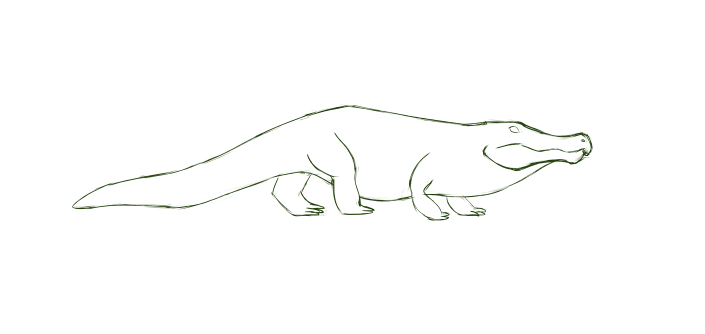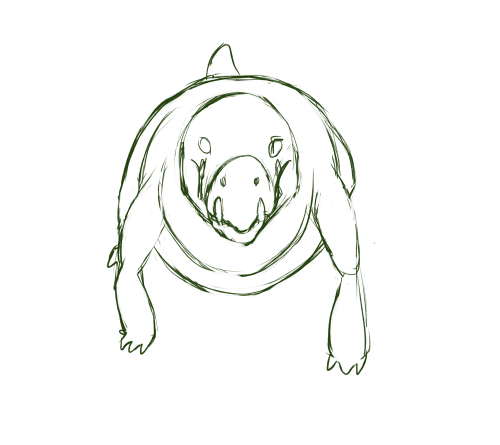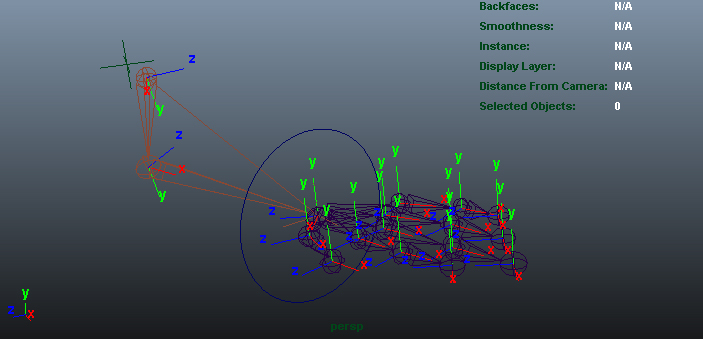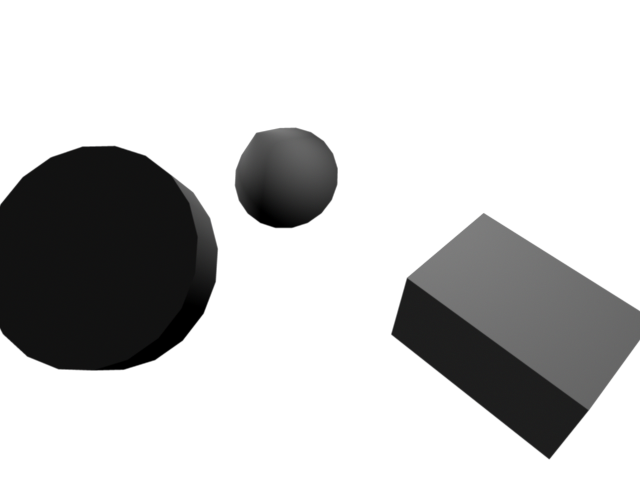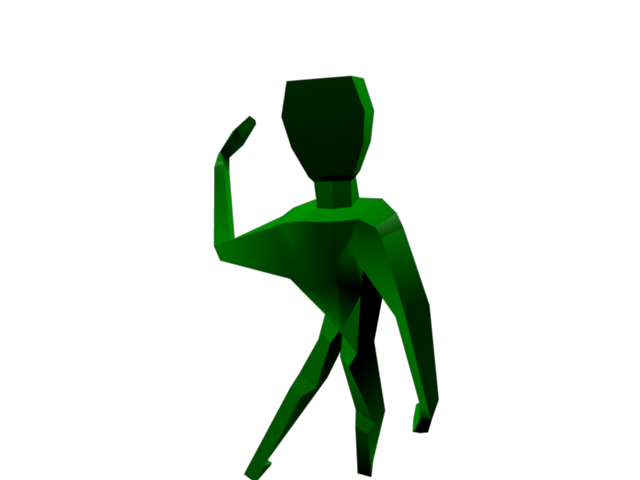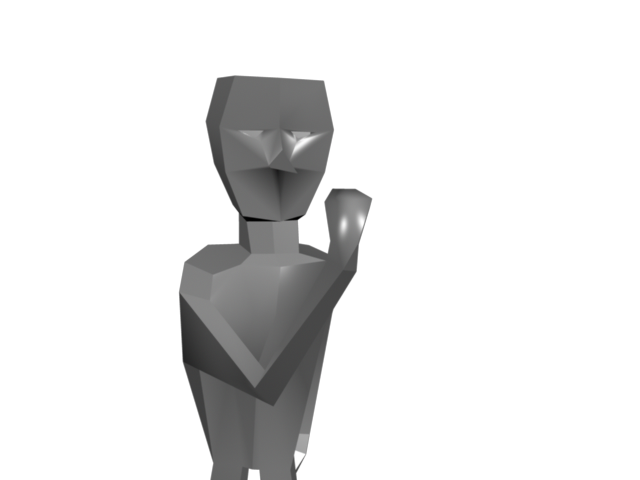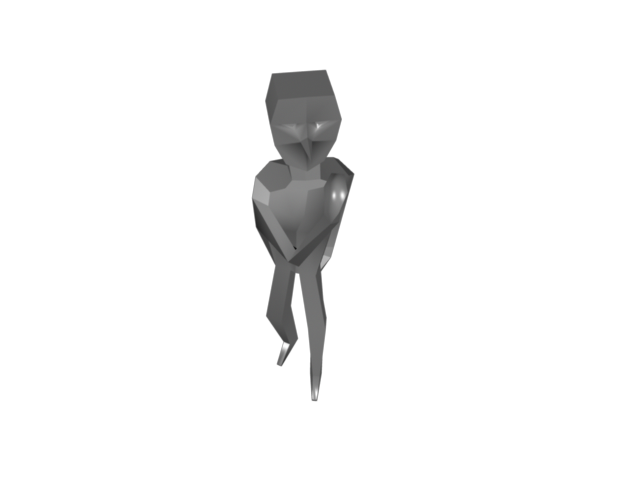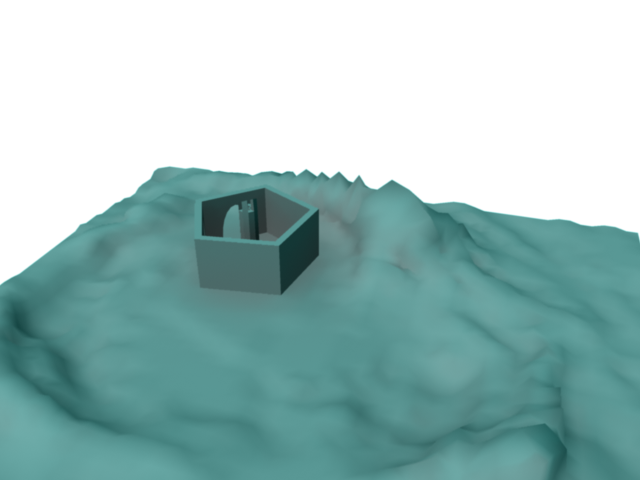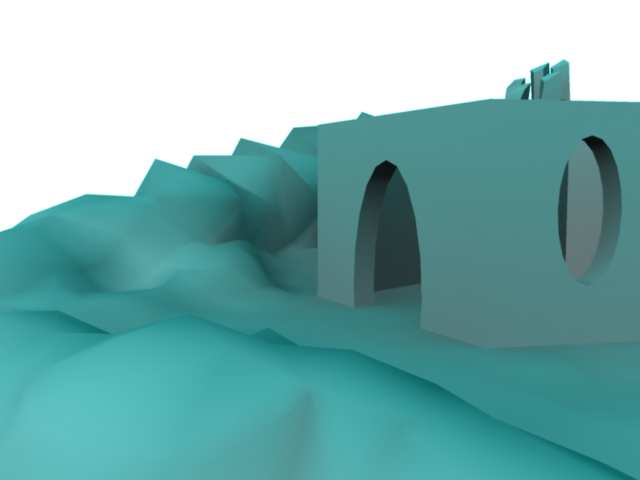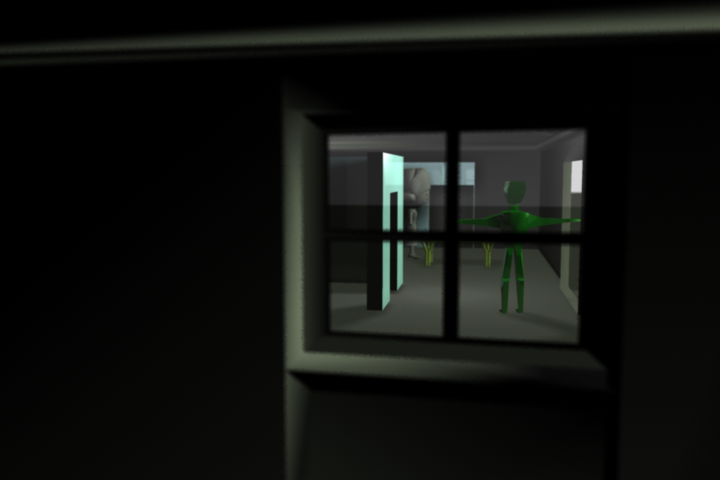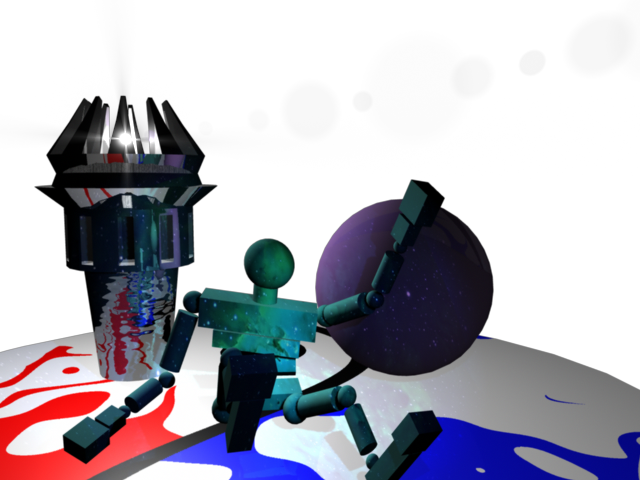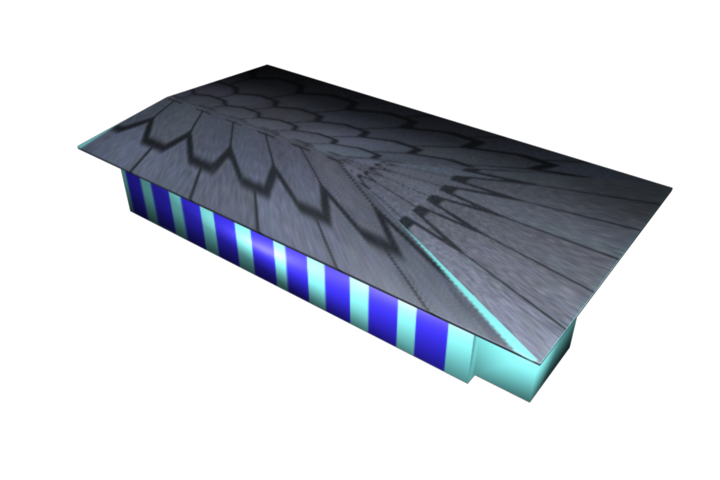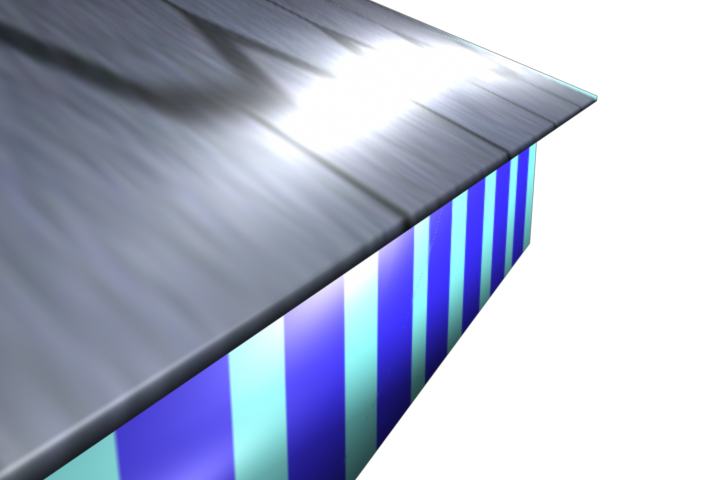Disney’s Paperman and David Prosser’s Matter Fisher are two short films that, while using similar fundamental animation techniques and styles, expose completely different narratives and themes.
Paperman is a romantic short in which George and Meg meet briefly on a train platform, but are then parted. Noticing that Meg works in the office building beside his own, he attempts to get her attention by throwing paper planes through her window – hundreds of them. Eventually, guided by the planes he folded, they reunite. Matter Fisher is an abstract “physics thought-experiment” (Allen, 2011). A fisherman catches a fish containing a strange blob of matter. Over time, the matter begins to absorb everything around it, consuming the world in a giant storm and leaving the fisherman adrift in space, fishing for the stars themselves. These films are incredibly different in narrative and overall feel – Paperman is sweet and uplifting, while Matter Fisher feels rather bleak and horrifying.
However, these films achieved their disparate aesthetics through use of the same techniques. Both films combine 2D and 3D animation in ways that allowed the creators to use the precision of 3D animation with the emotional qualities of 2D animation. Paperman used a software developed by Disney called Meander which allowed their animators to overlay 3D animation with hand drawn, 2D lines. Additionally, the interplay between 2D and 3D could be controlled, allowing animations to emphasize either the 2D or 3D, allowing them a great deal of control and the ability to create Paperman’s unique aesthetic. The use of Meander is likely most clear in the character animation. By hand drawing the character’s face, animators were able to instil a greater sense of expressiveness than normally seen in 3D animations.
Matter Fisher also uses a combination of 2D and 3D. Many of the environments in Matter Fisher, such as the buildings, were created and animated in Maya. The storm was a combination of Maya’s particles, as well as traditional 2D animation techniques. Character animations and details were hand drawn. When combined, they create the world of Matter Fisher. Similar to Paperman, the combination of 2D and 3D elements creates an incredibly expressive, but precise world.
By using the same techniques to create extremely different films, Paperman and Matter Fisher demonstrate the power of both 2D and 3D animation, as well as the value in combining them.
References
Allen, A. (2011). Matter Fisher. Short of the Week: Greatest Stories of our Time. Retrieved from http://www.shortoftheweek.com/2011/05/16/matter-fisher/.
Breznican, A. (2012). ‘Paperman': The future of hand-drawn animation is Disney’s new retro short. Entertainment Weekly. Retrieved from http://insidemovies.ew.com/2012/06/28/first-look-paperman/.
Kaganskiy, J. (2013). Trying To Woo Animators, Disney Accidentally Invents “The Paperman Method”. Fast Company. Retrieved from http://www.fastcolabs.com/3006276/open-company/trying-woo-animators-disney-accidentally-invents-paperman-method.
Mehta, R. (2011). Matter Fisher. Animation Reporter. Retrieved from http://animationreporter.com/matter-fisher/.
Prosser, D. (Director). (2012). Matter Fisher. [Motion Picture]. United Kingdom: Royal College of Art
Reed, K and Lasseter, J. (Producer), & Kahrs, J. (Director). (2012). Paperman. [Motion picture]. United States: Walt Disney Animation Studios
